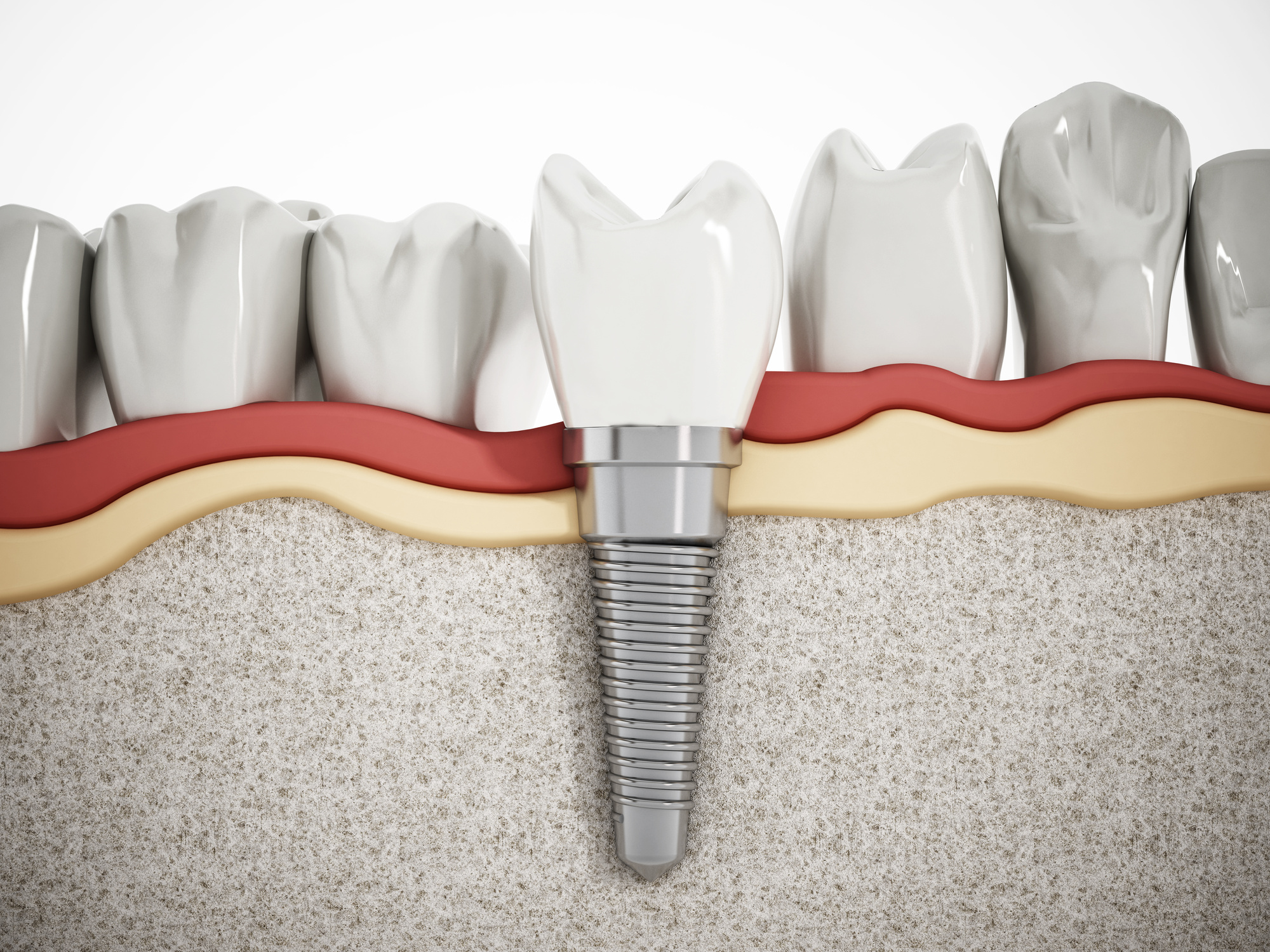Periodontal disease affects nearly half of the population in the United States. Left untreated, it can lead to sensitive teeth, bleeding gums, and painful chewing.
Tooth loss is another complication and if that happens, you may need a dental implant. A titanium fixture, it’ll allow you to replace the missing tooth with a dental crown (or denture depending on the situation).
Did you recently get the procedure done? Looking for a guide on how to clean dental implants? If so, you’re at the right place.
Keep reading for everything you need to know about keeping an implant cleaning routine!
1. Use a Soft-Bristled Brush
Clean your implants with a soft-bristled toothbrush; they’re less likely to hurt the gums or cause bleeding. This goes for all types of dental implants including bridges and crowns.
If anything, they’re just as effective as medium and hard bristles at removing plaque and tartar.
And if you want, you can use an electric toothbrush. Studies have shown that they’re more effective at removing bacteria from teeth than manual toothbrushes. Just make sure that it has soft bristles.
Tip: Avoid using an electric toothbrush during the first couple of weeks after implant placement as it can disrupt the healing process.
2. Use a Water Flosser
Consider using a water flosser before brushing your teeth; it’ll allow you to clean around the implant with a steady stream of water, which will help remove plaque and tartar.
Not only that, but it’ll also clean under the gum line where your toothbrush can’t normally reach.
In fact, many dentists (click for more information) recommend water flossers over regular dental floss as the latter can contribute to peri-implantitis, an inflammatory condition that if left untreated, can lead to implant loss.
3. Brush At Least Twice a Day
As a general rule, you want to brush your teeth at least twice a day—once in the morning after waking up and once at night before bed. That’ll help prevent any dental implant issues as well as cavities.
For the best results, place your toothbrush at a 45° angle to the gums and move it in small circular motions. That’ll allow you to remove bacteria and plaque from the gum lines more effectively eliminating the need for restorative fillings in future.
And make sure to clean every surface of every tooth when you’re brushing. This includes the front, back, sides, and top of the teeth (the same goes for your implants).
Knowing How to Clean Dental Implants
Now you know how to clean dental implants! As you can see, you don’t need any special implant cleaning tools. All you need is a toothbrush, toothpaste, and maybe a water flosser. Use them regularly and you won’t have to worry about there being any issues.
Was this guide helpful? Looking for more health-related posts? Then be sure to check out the rest of our blog for more articles!







